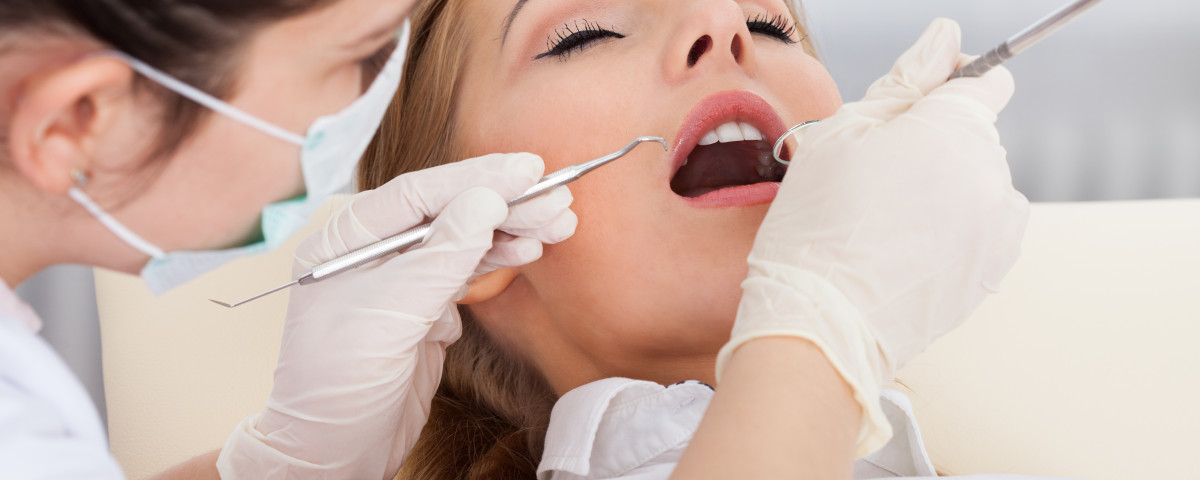Sedation Dentistry
What to Expect after Getting a Dental Implant
February 6, 2015
Snoring and Sleep Apnea Part One
March 3, 2015Sedation Dentistry is helping people get back into the dentist’s chair. Millions of Americans avoid the dentist each year for various reasons. For some, the reason is fear. For others it may be the discomfort. It is estimated that 75 million Americans have some degree of dental fear. This fear has led them to stop seeking routine dental care which can have a lasting impact on their overall oral health.
How Sedation Dentistry can help you
More dentists are choosing to be specially trained to practice sedation dentistry. Using commonly prescribed sedation medications, these dentists are helping their patients calm down so they can undergo the dental care that they need. You and your dentist will work together to find the sedation method that will work the best for your needs. There are 3 main kinds of sedation used in dentistry: Oral, IV, and Nitrous Oxide.
Oral Sedation
These medications are administered orally, under the tongue and leave the patient awake, alert, and able to respond to questions. The patient, however, is relaxed and unaware of the sights, smells, and sounds common to dental work. This is also called “relaxation dentistry” or “anxiety free dentistry.”
After taking the sedative most people feel calmer and more relaxed. When patients are comfortable, yet awake, the dental team is able to do their job more efficiently. In most cases, the dentist will use a type of sedative called benzodiazepines. These include sedatives such as diazepam, lorazepam and triazolam. These drugs are extremely safe and pose little risk.
IV Sedation
Intravenous sedation is administered through the veins of the patient. The quick effects make this one of the preferred sedation methods. A small needle is inserted into the top of the patient’s hand or in the inner elbow. Patients using this kind of sedation also find themselves more relaxed and comfortable yet awake. Patients typically don’t remember much about their appointment the next day.
IV sedation gives the dentist more control on the amount of medication administered to the patient. The dentist is able to increase or decrease the level of sedation as needed.
Most dentists require that a patient undergoing IV sedation does not eat or drink 8 hours prior to their appointment. It is also recommended that the patient has a companion to take them to and from the dental office. Patients will want to wear comfortable, loose clothes.
The dentist will monitor the patient’s blood pressure, heart rate, pulse, and oxygen levels during the course of the treatment.
Nitrous Oxide
Nitrous Oxide is a colorless and odorless gas that is inhaled by the patient which causes a relaxed and comfortable feeling. This is among the mildest forms of sedation. A small mask with tubes is placed over the patient’s nose and a flow meter regulates the amount of nitrous oxide and oxygen delivered to the patient.

